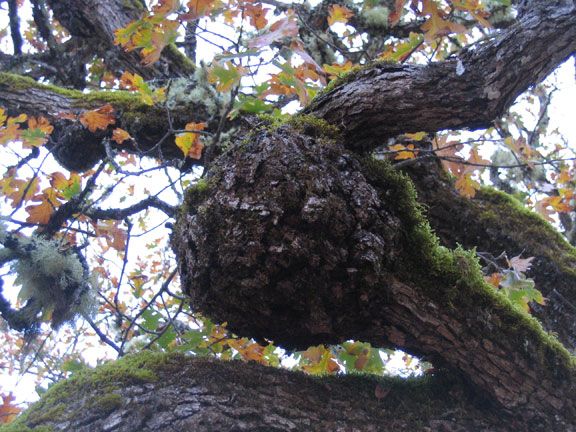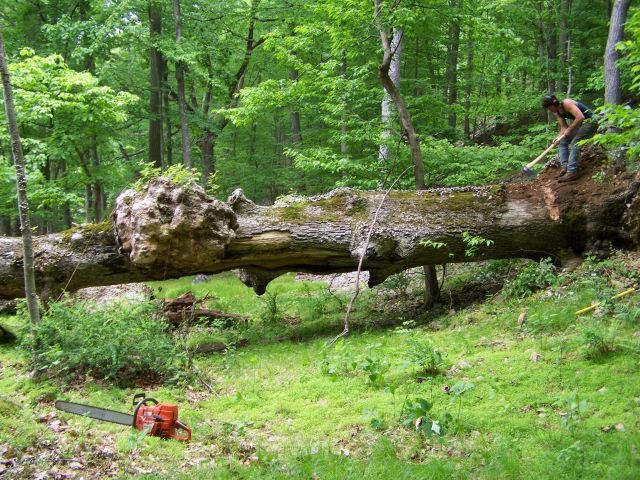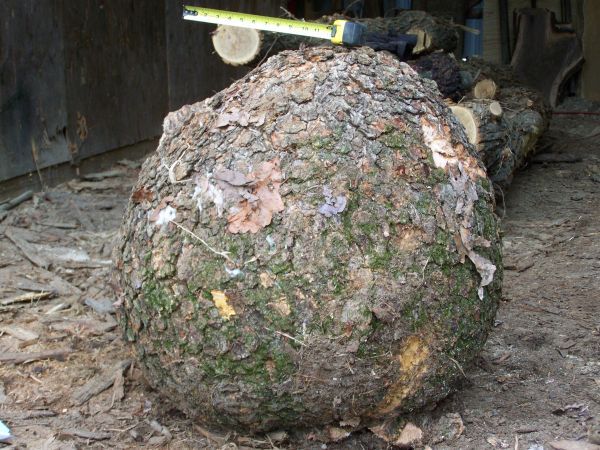Question
I recently had a very large white oak blow down in a storm. It has 3 large burls growing on the trunk. I know some folks who turn bowls look for things like that to use in their projects. Does anyone know if there is a certain way to cut them off? I was just going to take a chainsaw and whack them off parallel to the trunk. I know nothing about what a buyer is looking for.
Forum Responses
(Sawing and Drying Forum)
From contributor T:
If you're sure they are actually burls, just cut them off as you described. Most oaks have growths that to the untrained eye are large "burls" but in fact are just limb stubs and do not contain burl at all. I'm not saying that's the case with your tree, just making sure you know the difference. Most burls are very bumpy and gnarly, but limb stubs are mostly smooth all over, even the ends. You'll know for sure once you whack it off.

However, besides that, above and below where the wood bends out from the normal wood will usually have heavy fiddleback figure, which can actually be the best part. Sometimes an oak burl will just be a huge loop of not very interesting wood. Also, if there is any end checking over time, I like for it to happen away from the best part.
I have sawn hundreds of burls amounting to well over 20,000 pounds worth. Each species here in New Jersey has its own characteristics. White oak is one of the more rare burls, but like others said, overgrown knots can burl over and grow outwards. These do have beautiful burling grain the same as a true burl, but are not exactly a true burl.
I have found white oak burls to either contain fingerprint swirls, multiple bark inclusions, or radiating curly grain. Below is a picture of my biggest white oak burl yet that I cut up about a week ago, and harvested about 3 months ago. It was a bit punky but was full of swirly grain in fingerprint patterns.

This white oak burl, which is very rounded and had little bark texture (weighing in around 225 pounds) had no eye patterns and was just radiating curly grain in a sunburst pattern. Still beautiful, but not what I was anticipating.
